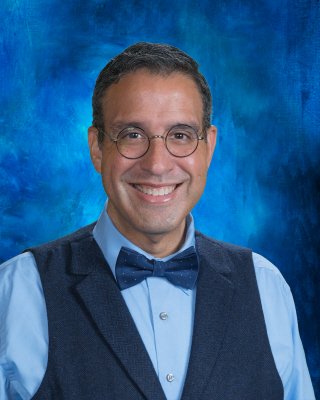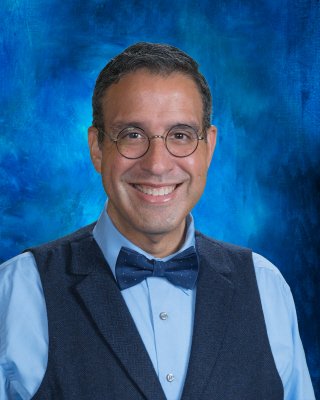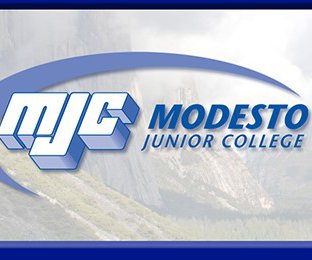By DR. GEORGE MEGENNEY
Principal, Farmington and Collegeville
During the past decade, the Escalon Unified School District has embarked on the establishment and development of something called a PLC, or Professional Learning Community. At the heart of the PLC is the straightforward idea that educators can improve student outcomes by sharing and analyzing the work that students do with the intention of making modifications and adjustments to instruction to address student-specific needs. It may seem like an obvious strategy, but in the world of public education, it used to be common practice for teachers at all levels in the K-12 system to work mostly independently of one another, collaborating when convenient rather than as a necessity.
Parents may wonder what happens on the numerous Early Release Days that are scheduled on Wednesdays throughout the school year. Although students finish their school day an hour earlier than usual, for teachers, this hour of non-instructional time is designed to provide them with the opportunity to meet and discuss their students’ progress, analyze results, compare what and how they are teaching to the district’s set of standards, and, perhaps most importantly, make adjustments intended to improve student achievement. A well-functioning PLC requires teachers to share data, collaborate, and trust one another.
The above description may sound like common sense (and it very much is), as well as something that was or should have been happening all along. However, the reality is that not so long ago, it was commonplace for teachers to work in relative isolation from one another. In general, teacher collaboration tended to be more focused on planning classroom or grade-level-specific events rather than taking deep dives into students’ classwork or test results with the intention of asking questions like these: “Why were your students’ results better than mine?” “How did you teach that lesson differently than I did?” “How did you go about working with the students who had difficulty grasping the concept?” As noted above, operating within a PLC takes a degree of trust; a well-functioning PLC expects that teachers will share their results with one another, which can require some vulnerability.
Professional Learning Communities operate with some variability across our district due to the individual needs of each school and each school’s unique characteristics. For example, at Farmington Elementary, since there is only one teacher working at each grade level, teachers may opt to collaborate across different grade levels, though they may also attend meetings at one of the other elementary schools in person or virtually if they prefer to participate in a meeting with other teachers who work in the same grade level. Collegeville’s Dual Language Immersion program makes it distinct from the other elementary schools, and the teachers there typically choose to meet with one another in grade-level pairs or site-wide rather than venturing to Dent or Van Allen.
Aside from these site-level idiosyncrasies, generally speaking, at the TK-5 level, teachers typically meet in grade-level teams because collaboration among teachers at the same grade level allows for more apples-to-apples comparisons when discussing student data, standards, and lesson content. At El Portal and Escalon High School, PLCs focus more attention on departmental collaboration since the vast majority of teachers teach single rather than multiple subjects.
In order for a PLC to work most effectively, aside from the collaborative aspects as described above, there need to be a couple of other conditions that are met: agreed-upon standards for each grade level and subject area, and common assessments from which valid comparisons can be made. After all, teachers can gather to discuss and compare their results, but those comparisons are more difficult to make if the standards and means of measuring results are not the same. All of this takes coordination and time.
The development, implementation, and refinement of a Professional Learning Community takes time. As noted, our district has been working on it over the past 10 years. While the pandemic and its effects slowed down the development of our PLC, we have since been making good strides toward making it part of our culture across the district. The end result of these collective efforts will help Escalon’s educators to better serve all of our students, and that is, after all, what our schools are here to do.
Principally Speaking is a monthly article, contributed by principals from Escalon Unified School District sites, throughout the school year. It is designed to update the community on school events and activities.





